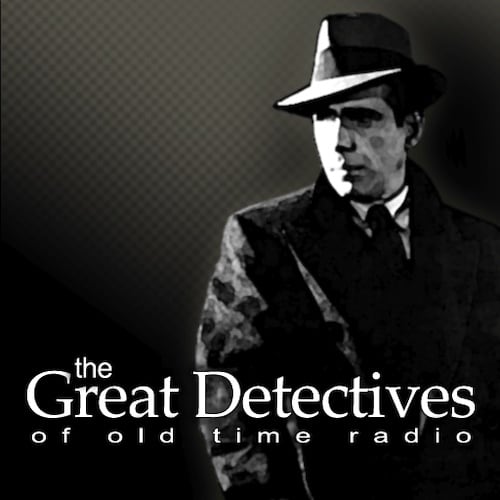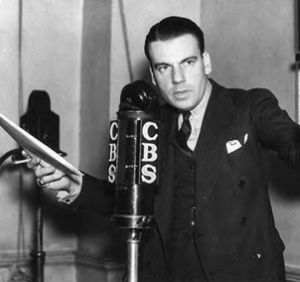Dick Tracy is a comic strip movie starring Warren Beatty as the famous detective Dick Tracy, as he tries to take down the criminal organization of Big Boy Caprice (Al Pacino) while avoiding the designs of Breathless Mahoney (Madonna.)
This film won three technical Oscars and deserved it. The world created for this movie is visually appealing with some stunning use of color and art deco touches as well. The make-up and costume design are top notch. In addition, Danny Elfman turns in a typically good score.
The story is decent if not spectacular. The final the twist at the end is good. The plot points related to Junior are taken right out of the comic and feel right in place. There are also some great actors in relatively minor roles including Dick Van Dyke, Dustin Hofffman, and James Caan. In addition, in a nod to classic detective movies, Mike Mazurki shows up.
There are three problems with the film. First, I don’t care much for Beatty’s performance as Tracy. He was going for strait-laced and upright but instead comes off as stiff. Al Pacino, on the other hand, gives a performance that is way over the top. I’ll never understand how he got nominated for an Oscar, a BAFTA, a Golden Globe, and a Saturn Award. For me, it was a grating, scenery-chewing performance that was more annoying than funny.
Second, there’s too much of Madonna singing in this film. One or two musical numbers, I can see. But she has five numbers in this film. They’re all well-written, but the only one that worked was, “Back in Business.”
Third, the film’s tone is inconsistent. It’s a movie that doesn’t know who its marketing itself to. I remember seeing happy meal toys for this movie and the bright colors and character of Junior would appeal to kids. On the other hand, some of the violence was too extreme for children and Breathless Mahoney is an over-sexualized character in keeping with Madonna’s 1990s brand. On the other hand, much of the plot, story, and characters doesn’t appeal to adults. The tonal differences means that sometimes, it feels like the characters are in different movies.
They were trying to imitate Chester Gould, who made Dick Tracy, the type of comic strip the whole family wanted to read by mixing elements that appeal to kids and adults to satisfy everyone. In the film, they seem to have succeeded in not fully satisfying many people at all.
That said, there are worse attempts to adapt a classic property. A lot does work about the film. Something Val Kilmer would prove six years later in The Saint. The film looks classy and has a great sense of style, with a lot of homages to its source material. If you’re a Madonna fan and/or you liked Al Pacino’s performance in this, you’re going to like it more than I did. For me, it’s a film that had a lot of potential but never fully lived up to it.
Rating: 3 out of 5
This post contains affiliate links, which means that items purchased from these links may result in a commission being paid to the author of this post at no extra cost to the purchaser.

